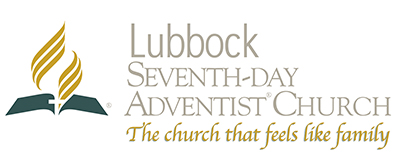Pilgrims held their second Thanksgiving celebration in
1623 to mark the end of a long drought that had
threatened the year’s harvest and prompted Governor
Bradford to call for a religious fast. Days of fasting and
thanksgiving on an annual or occasional basis became
common practice in other New England settlements
as well.
During the American Revolution, the Continental
Congress designated one or more days of thanksgiving a
year, and in 1789 George Washington issued the first
Thanksgiving proclamation by the national government of
the United States; in it, he called upon Americans to
express their gratitude for the happy conclusion to the
country’s war of independence and the successful
ratification of the U.S. Constitution. His successors John
Adams and James Madison also designated days of thanks
during their presidencies.
In 1817, New York became the first of several states to
officially adopt an annual Thanksgiving holiday; each
celebrated it on a different day, however, and the
American South remained largely unfamiliar with the
tradition. Thanksgiving is a national holiday celebrated on
various dates in the United States, Canada, Grenada, Saint
Lucia, Liberia, and unofficially in countries like Brazil and
the Philippines. It is also observed in the Dutch town of
Leiden and the Australian territory of Norfolk Island.
Celebrated on the fourth Thursday in November,
Thanksgiving traces its origins to harvest festivals. It was
customary to express gratitude for a bountiful harvest in
the cultures of both the Pilgrims who sailed from England
in 1620 and the Native Americans they encountered.

Recent Comments